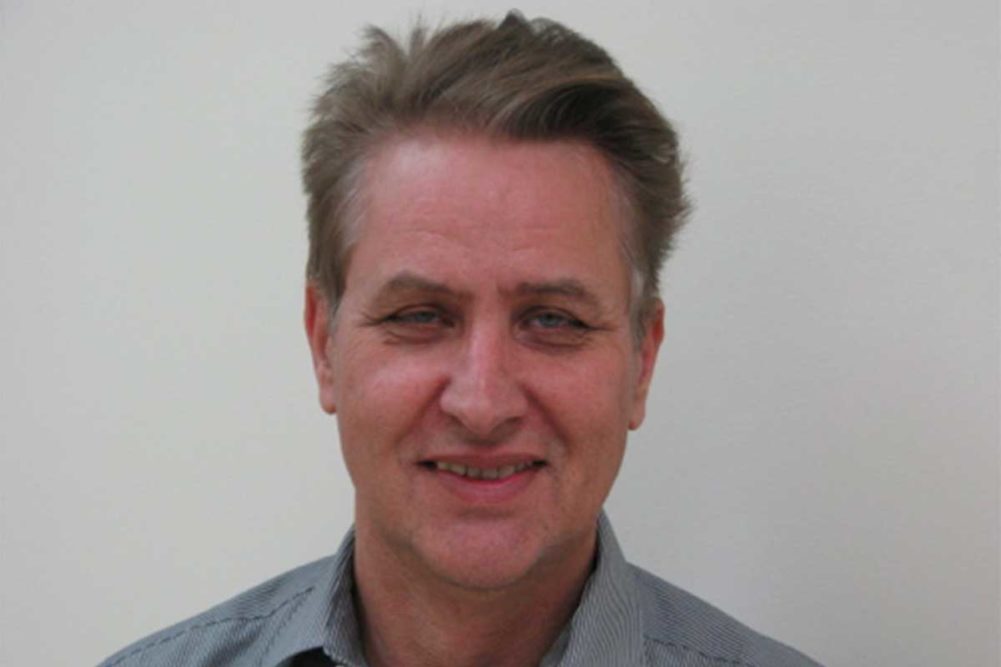MONTREAL — After 27 years as research director for Lallemand Baking, Jan van Eijk retired earlier this year. Mr. van Eijk is best known for several enzyme and yeast patents that changed the way the baking industry approached dough conditioning and shelf life. These patents were among those that enabled the baking industry to embrace the clean label movement.
“We wanted to be the first to the clean label solution,” said Kees Docter, retired senior director of technical services for Lallemand Baking and Mr. van Eijk’s long-time colleague. “We saw that coming, and we wanted to be first, and with our experience making bread in Europe, we knew we could do it.”
Mr. van Eijk started his career in the baking industry in 1984 at Gist Brocades, which was based in The Netherlands. Mr. van Eijk joined Lallemand when the company acquired Gist Brocades. Europe had already eliminated bromate from use in bakery formulations, and when he and Mr. van Eijk moved to the United States and saw the movement picking up steam in California, Mr. van Eijk adapted the enzyme ingredients used in Europe for use in North America, while Mr. Docter set about changing the hearts and minds of the US baking industry.
“Labeling became an issue; people were shocked to read all those chemical terms on their bread labels,” Mr. Docter explained. “But with enzymes, it’s just enzymes, which are naturally occurring. Jan is the scientist in that field.”
As Mr. van Eijk discovered more enzymes and wrote more patents, he developed a reputation, and others sought his expertise. Keith Forneck, technical product manager at Lallemand, explains he sought a position at Lallemand to work directly with Mr. van Eijk and learn from him.
“He’s been my oracle,” Mr. Forneck said. “I wanted to work with Jan as a mentor and fill my own professional gaps and work with an industry leader. I worked at Kraft for 26 years and have written my own patents that are based on Jan’s foundational work.”
One of Mr. van Eijk’s most significant patents was for maltogenic amylase, which allows bakers to preserve the softness of their bread for longer in a label-friendly way. As Mr. Forneck explained, before this patent, enzymes were aggressive. What made maltogenic amylase revolutionary was that it wasn’t aggressive while still being effective. And its effectiveness had impacts not just on finished product and reducing waste but also bakery operations.
“Now bakers are able to achieve warehouse distribution of 21 days of shelf life,” Mr. Forneck said. “Now you can have less changeovers. You can do one production run per week and expand your distribution.”
Kevin Krause, senior vice president and special advisor for bio-ingredients, Lallemand, explained it this way: “You no longer needed bakeries 90 miles apart. You didn’t have to stock the shelves as often, and trucks were making less trips, and you had less bread coming back or getting tossed or going to the thrift store.”
Mr. Krause credits Mr. van Eijk’s mind and the way he could balance both the chemistry and practical bakery application at the same time.
“I haven’t met anyone else in my 40 years in bakery science as good as Jan at this kind of stuff,” he said. “Most bakers don’t know or care about the science and most scientists don’t appreciate what a complex situation baking is.”
Mr. van Eijk, who was a scientist by trade, was in the bake lab every day, according to Mr. Krause, assessing finished loaves. This dedication to both the science and art of baking gave Mr. van Eijk an edge and deeper understanding of how his enzyme technology could assist bakers.
“It was that combination of technical insight, practical experience and discipline,” he said. “He ran a baking lab that brought together good science with the complications of the bakery.”
If that wasn’t enough, Mr. van Eijk was also well-known for his kindness and generosity with the knowledge he had gained.
“He was able to break down the science with customers in a way they could understand it,” Mr. Forneck remembered. “We would get together on a weekly basis for lunch, and he would just share his wisdom and knowledge. He would give it to anyone.”
Mr. van Eijk leaves the baking industry with one patent still pending, an engineered enzyme that is better at anti-staling than his ground-breaking maltogenic amylase.
“I think it’s funny that he began and ended his career with contributions in the same area,” Mr. Krause said.
And after decades of revolutionizing the baking industry, what would Mr. van Eijk pass onto the next generation?
“Baking truly is both an art and a science,” he said. “Progress in the baking industry requires interdisciplinary cooperation between these two different worlds. Many things that are important to make good bread are also important in life: patience, time, knowledge, experience, creativity and attention to detail.”





